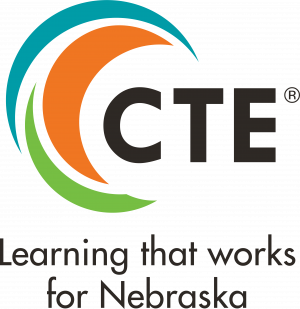Frequently Asked Questions
What Secondary CTE data need to be reported each year?
All templates, forms, data reporting calendar, and instructions for interfacing with ADVISER are available on the Adviser Resources home page.
The due date for these templates is June 15th. There is an audit window from June 15-June 30th.
What Postsecondary CTE data need to be reported each year?
There are two primary aspects for reporting postsecondary data that relate to CTE:
- The Postsecondary Perkins Students Template: This file collects sets of students that are enrolled in an institution during a certain academic year, and that are relevant to Perkins reporting (including all CTE Participants and Concentrators as defined here). A Postsecondary Enrollment record must be submitted for each student appearing in the Perkins Students template.
- The Postsecondary Perkins Courses Template: This file collects the entire course history, though the end of the reporting academic year, for each of the students listed in the Perkins Students file. At a minimum, all courses with an REU Course Weight of 1.5 of 2.0 should be reported. A Perkins Students record must first be submitted for each student appearing in the Perkins Courses file.
*Keep in mind the Postsecondary Enrollment Template as well as the Postsecondary Academic Awards Template must also be submitted by all Postsecondary institutions to avoid a data loading process rejection.
Note:
- Data submission includes all students who earn credit in at least one Career and Technical Education course.
- All courses related to occupational training should be weighted at least at a 1.5, per the Nebraska Community College State Aid Enrollment FTE/REU Guidelines document.
When and where do I submit Postsecondary data?
The data collection timeline can be found here: Data Collection Timeline.
Data should be submitted via the Postsecondary Data Manager, located within the NDE Portal. A User’s Guide can be found here: Postsecondary Data Manager User Guide.
Additional information can be found on the Nebraska P-20 Technical Group’s website.
Nebraska postsecondary institutions do not collect data on military parents, foster care, out of workforce, or students experiencing homelessness populations. Is this a concern for receiving Perkins funding for the postsecondary institutions?
No. It will not have a negative impact on Perkins funding if postsecondary institutions do not collect data on specific special populations.
Perkins V has an expanded definition of “special populations.” What are states required to do with regard to these special populations?
Perkins V requires a set-aside for recruiting special populations into CTE as part of the state leadership funds. It also changes the definition, includes special populations in the development and content of state plans, includes them in the local application and needs assessment, and requires their consultation.
Do students with parents in Reserve Active Duty status qualify as Special Populations?
No. Perkins V references United States Code Title 10, Section 101(d)(1). Active duty is comparable to being at a full-time job. However, these students may fall into other special populations categories
How are nontraditional programs identified to be included in the nontraditional-related performance measures?
Non-traditional programs are programs which lead to careers that historically have a low representation of one gender (25% gender participation or less). For example, automotive programs are considered “non-traditional” for women because there is historically an under-representation of women in the field.
How does Nebraska define work-based learning to meet the Scope criteria?
The term ‘work-based learning’ means sustained interactions with industry or community professionals in real workplace settings, to the extent practicable, or simulated environments at an educational institution that foster in-depth, firsthand engagement with the tasks required of a given career field, that are aligned to curriculum and instruction.”
For more information on work-based learning follow this quick start guide: WBL-Quickstart-Guide.pdf (ne.gov)
How can I find out where my graduates went after they left high school for the PostSchool survey?
Please review the Graduate Follow Up Approaches and Resources document. Other effective methods districts can use for finding post program placement are surveying students, email follow-up questionnaire, and directly calling students.






